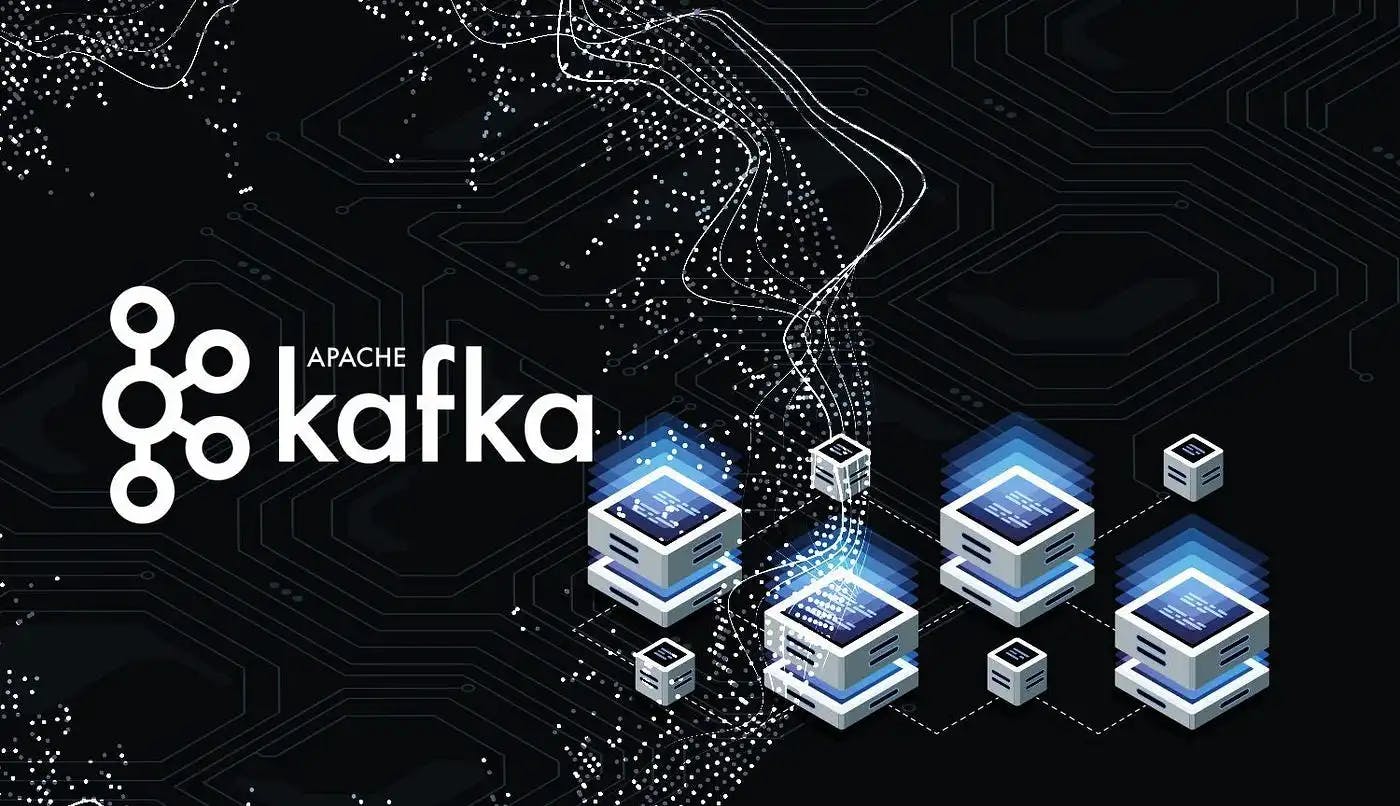Kafka
Apache Kafka is a distributed streaming platform that has gained substantial popularity in recent years among developers and companies alike for its robust performance in handling real-time data feeds. Developed by LinkedIn and later open-sourced under the Apache Software Foundation, Kafka is designed to provide a high-throughput, fault-tolerant, publish-subscribe messaging system. This article explores what Kafka is, its core components, how it works, and why it has become a critical tool in data processing and analytics pipelines.

What is Apache Kafka?
Apache Kafka is a platform designed for building real-time data pipelines and streaming applications. At its core, it functions as a broker between producers and consumers of messages. Each piece of data in Kafka is stored in a distributed, resilient architecture, ensuring that data is continuously available even in the face of hardware failure or software hiccups.
Key Features of Apache Kafka
- High Throughput: Kafka can handle millions of messages per second, supporting high-volume data processing use cases.
- Scalability: Kafka scales horizontally on commodity hardware, and it can be elastically scaled up or down without downtime.
- Durability and Reliability: Data is replicated across multiple nodes, which prevents data loss and allows Kafka to recover from node failures.
- Low Latency: Kafka ensures low latency message delivery even with very high throughput.
- Fault Tolerance: Kafka uses a distributed cluster technology that automatically handles failures with minimal service interruption.
Core Components of Kafka
- Producer: The producer is responsible for publishing messages to Kafka topics.
- Broker: A Kafka cluster is made up of one or more servers known as brokers. Brokers store data and serve client requests.
- Topic: A topic is a category name to which messages are published. Kafka maintains feeds of messages in categories called topics.
- Consumer: The consumer pulls data from the brokers. Consumers subscribe to one or more Kafka topics.
- ZooKeeper: Kafka uses ZooKeeper to manage and coordinate the Kafka brokers. ZooKeeper is used to elect a leader for broker partitions to ensure there is no data inconsistency.
How Kafka Works?
When a producer sends a message to Kafka, it decides which topic partition the message will go to. The message is then stored on the partition in the order it arrives. On the consumer side, it reads messages in the order stored and does not need to wait for other consumers to catch up, as each consumer manages its own offset.
Kafka stores streams of records in categories or topics. At the base level, Kafka guarantees that records are appended in the order they are sent. Consumers read records in the order stored at the broker. Messages within a topic will be spread across multiple broker machines to ensure load balancing. Kafka replicates data and can handle failures of several machines in a cluster.
- Messaging System: Kafka is used as a high-performance, alternative traditional message brokers like RabbitMQ and ActiveMQ.
- Activity Tracking: Kafka can track user activity data and operational metrics, and can be used for aggregating statistics from distributed applications.
- Log Aggregation Solution: Kafka can gather log data produced by multiple services and make it available in a standard format to multiple consumers.
- Stream Processing: Often used in conjunction with frameworks like Apache Storm or Apache Samza to process stream data directly.
- Event Sourcing: Kafka is useful for recording the sequence of events in an immutable manner for applications like user activity streams or operational metrics.
Conclusion
Apache Kafka is more than just a messaging queue; it's a robust, scalable, and efficient streaming platform suitable for both small and large scale systems. With its capability to handle high-volumes of data and support for real-time processing, Kafka plays a pivotal role in the data-driven architecture of many modern enterprises. Whether you are building microservices that communicate via real-time data streams, developing massive-scale event processing systems, or simply need a reliable and powerful system for logs or messaging, Kafka offers a proven solution.